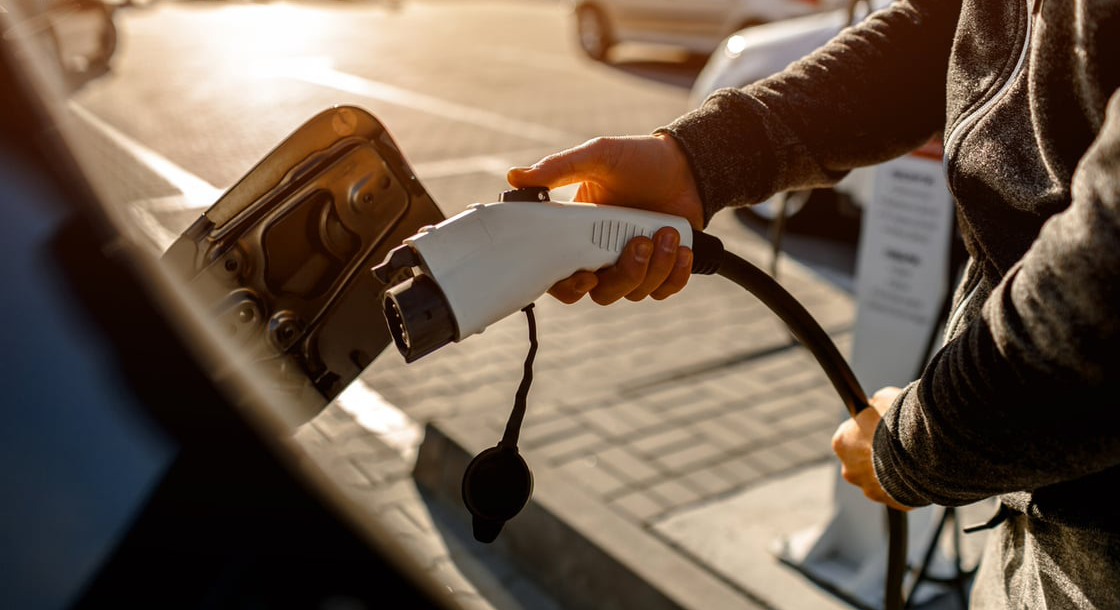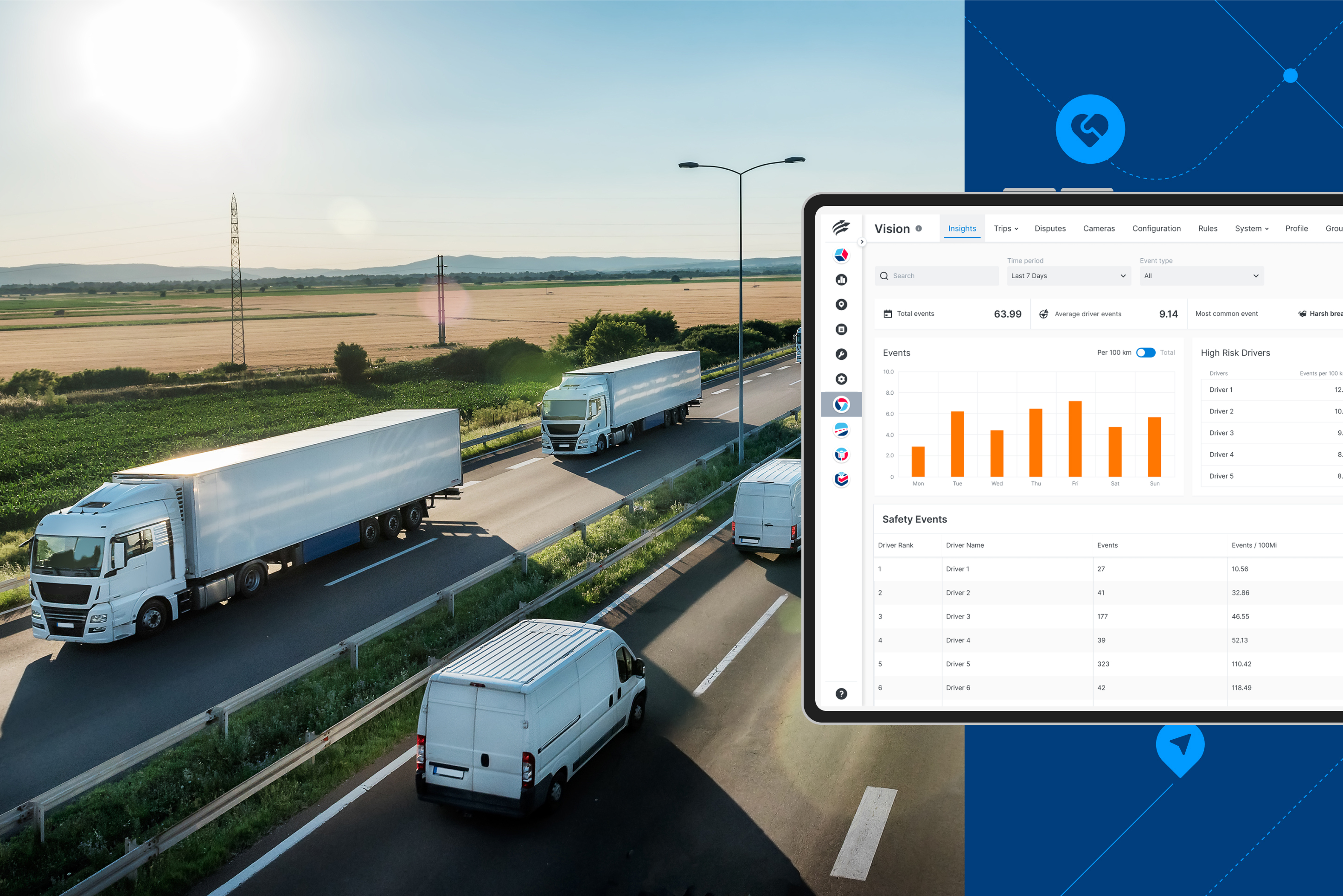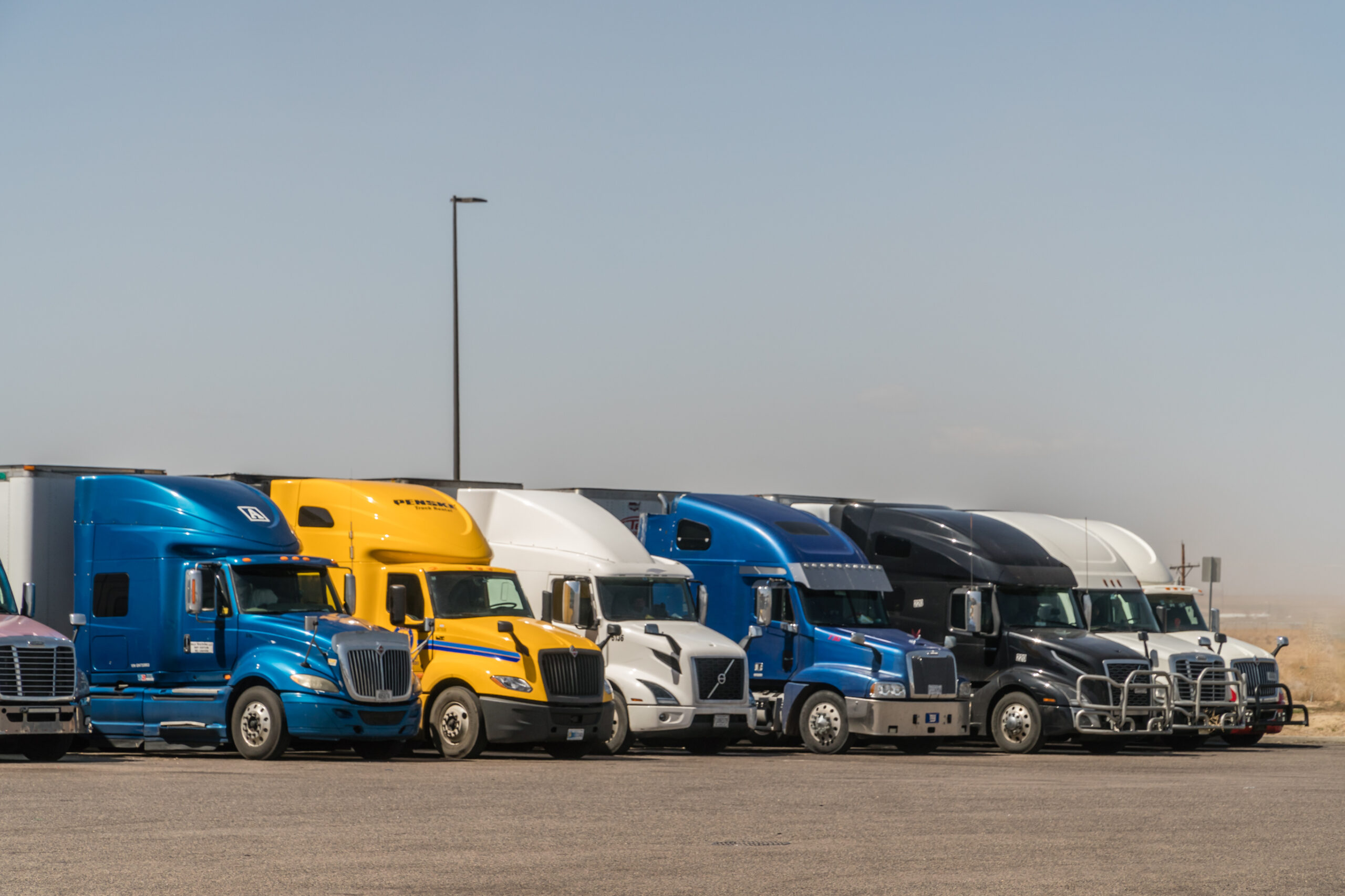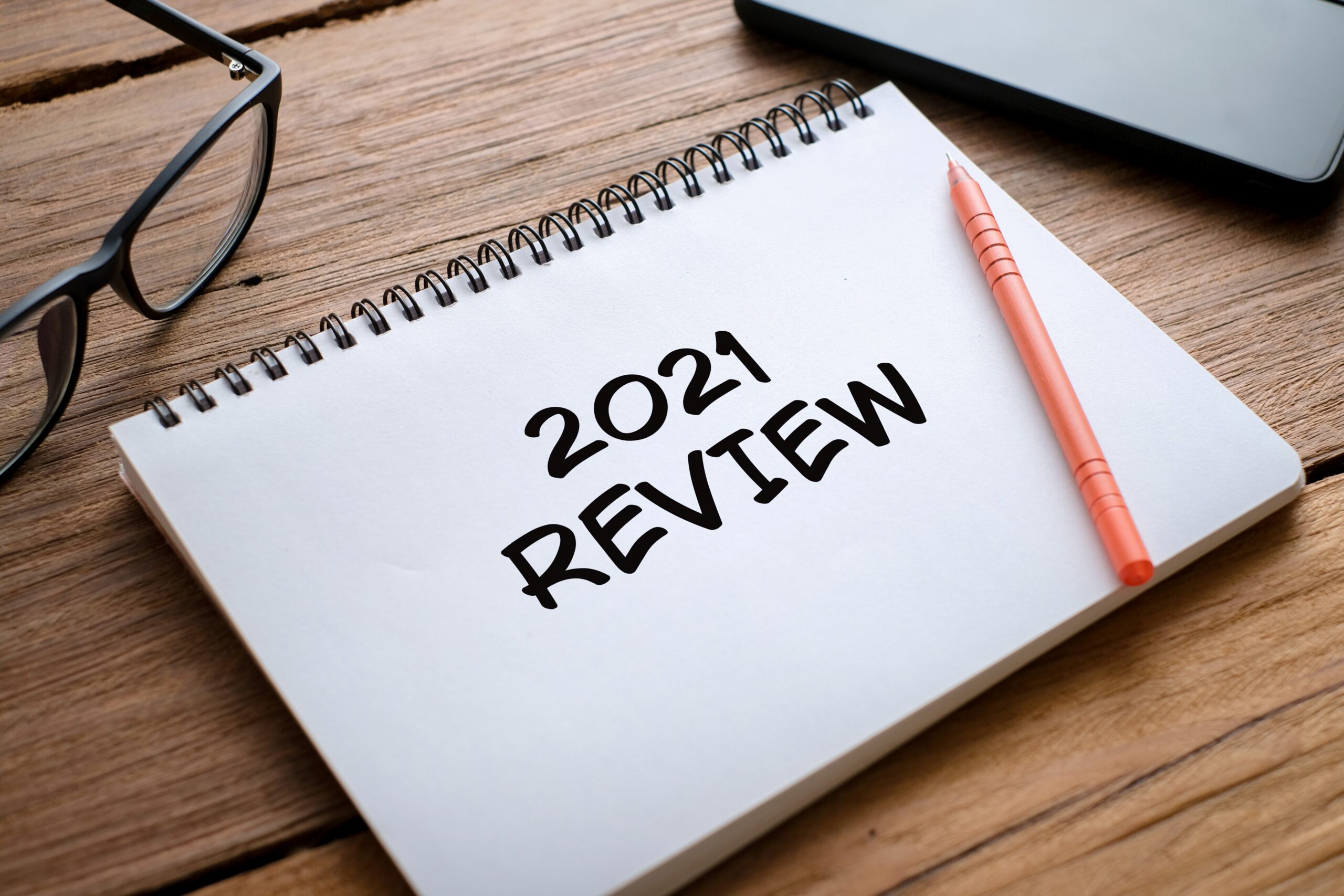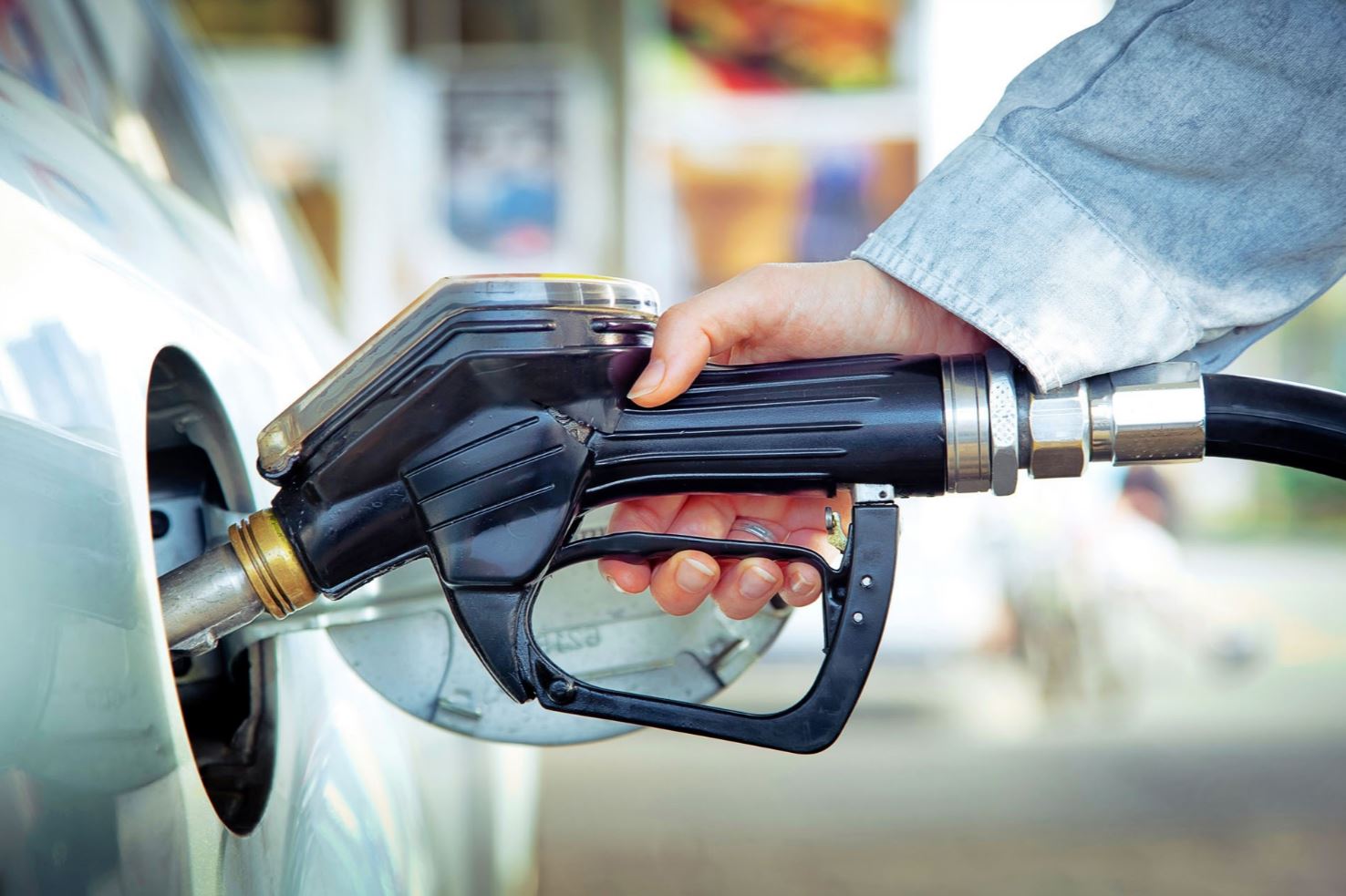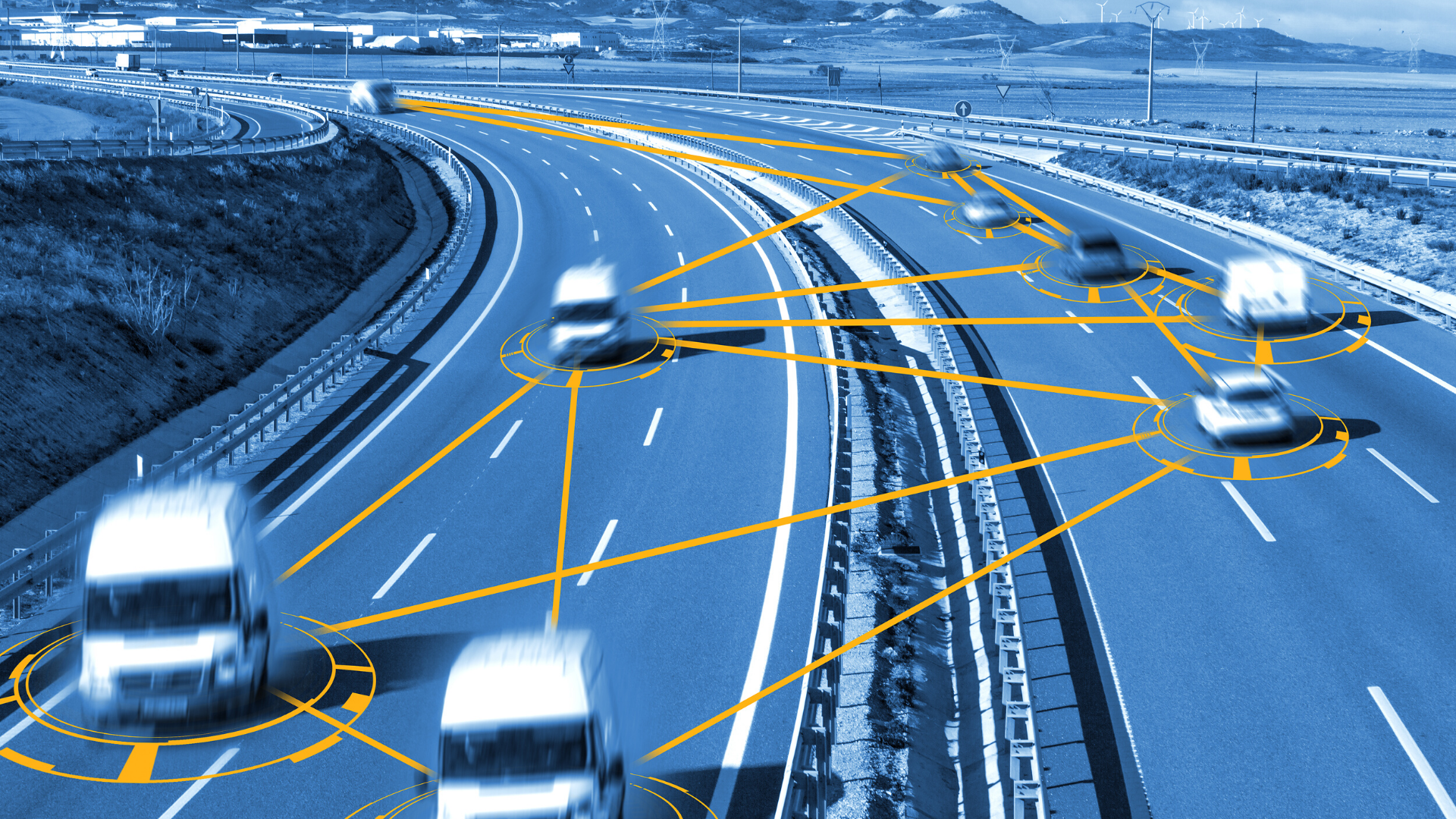Fleet-centric businesses faced significant fuel price increases, interest rate hikes, and driver shortages in 2022. According to the American Truck Association, fleet managers also had to deal with delayed new vehicle deliveries and keep vehicles in active use longer. Organizations are responding to these challenges by investing in innovative fleet management and telematics platforms.
What is the Future of Telematics?
The 2022 State of Sustainable Fleets survey found that 85% of fleets that adopted alternative energy vehicles, including battery-electric vehicles (BEVs), propane and compressed natural gas, plan to expand their use for the third year running. 67% of fleets surveyed intend to order BEVs this year.
This year and beyond, fleet managers, operations executives and commercial vehicle drivers are tasked with delivering more value with their existing resources. They will rely on connected fleet platforms more than ever to improve safety, reduce operating costs, increase efficiency and compliance, and optimize asset productivity.
Optimizing the value of fleet vehicles and equipment assets is a common theme as interest rates climb and the threat of a recession looms. Here are six transportation industry-shaping trends that will drive innovation, mitigate risk, and create efficiencies this year and beyond.
Motivate Safer Driving with Video Telematics
Video telematics will be essential for thriving fleets in the upcoming year. Berg Insight estimates that the North American video telematics install base was 2.9 million units in 2021 and that by 2026, it will reach 6.5 million units. Adding a dashboard camera to your telematics functionality helps provide qualitative and essential information for safety.
Whether used in a heavy-duty truck or an electric vehicle, a dashboard camera and a safety program will help keep your fleet and drivers safe. It allows fleet managers to monitor driver behavior, increase safety, and even monitor fuel efficiency. Driver safety solutions, including video telematics, can directly or indirectly drive insurance rates down by 10-20%.
Other capabilities of a fleet dash camera include the following:
- On and off-road driver coaching and safety incentive programs
- Video proof and footage of incidents and collisions can help defend drivers from fraudulent claims and exonerate them from
- Automatic alerts when a dri ver drifts into another lane
- Identification of distracted and fatigued driving
Powerfleet (formerly Fleet Complete) customers have used video evidence to reward bonuses to their safest drivers, while others decrease bonus payouts for driving habits that violate company policy and local laws.
Fleet Sustainability Becomes a Core Principle
Some experts predict that C02 emissions will likely hit an all-time high this year. Many feel that the slowing economy, transition to electric vehicles and clean energy programs have an impact on flattening, if not significantly decreasing, carbon emissions. Governments worldwide have acknowledged the need for change, and some of the world’s leading, most successful mobile businesses have adapted their business practices.
If you are thinking about developing or enhancing your fleet sustainability management strategy — this is the year to do so. Working toward a greener fleet is something your competitors are most likely already looking into or have already adopted. A few ways to reduce the economic, social, and environmental impacts of vehicles include strategies such as:
- Reducing or consolidating trip quantities
- Right-sizing your fleet
- Being cautious of idling
- Reducing aggressive driving
- Asset tracking
- Vehicle sharing
Reduce Your Carbon Footprint
The State of Sustainable Fleets report found that leading companies, including IKEA, Walmart, and Nike, are working with their carrier partners to reduce supply chain greenhouse gas (GHG) emissions in response to consumer demand and regulatory pressures.
These companies and many others strive to reduce carbon dioxide and GHG emissions by 80-100% by 2050 to meet net-zero targets. Do you know if your organization is up to this challenge?

Electrify your Fleet to Reduce Fuel Consumption and Carbon Emissions
Electrifying a fleet helps move sustainability goals forward and can dramatically improve an organization’s bottom line. As more EVs enter the market, we will see companies begin the process of fleet electrification this year. Electrification initiatives help organizations to:
- Meet their sustainability objectives, including CO2 emission reduction
- Reduce fueling consumption and related costs
- Benefit from government rebates and incentives
In parallel, EV battery prices are decreasing, battery range is increasing, and charging infrastructure is scheduled to ramp up significantly in 2023, facilitating more fleet electrification.
EV battery prices are decreasing, battery range is increasing, and charging infrastructure is scheduled to ramp up significantly in 2023. AutomotiveFleet.com predicts home EV chargers are the next asset class to be managed by fleet managers. Fleets will likely consist of both internal combustion engine (ICE) powered vehicles and EVs for several years, so adopting a telematics solution to monitor and manage both is vital. Due to limited production, BEV demand exceeds supply despite the high cost of vehicles, batteries, and charging.
Optimize Vehicle and Asset Service Lifecycles
Over the past several years, automotive supply chain obstacles have delayed new vehicle and equipment delivery times due to the pandemic and geopolitical conflicts. While industry analysts are optimistic about improved vehicle delivery times, we will not see pre-pandemic paces for another year or two.
To combat this, it is vital to optimize your current vehicles until this problem is solved. Integrating maintenance scheduling with other telematics data will help fleet managers access insights with context about vehicle utilization, fuel consumption, and driving behavior. In turn, this should help maximize the productivity of your entire fleet.
The Rise of Shared Vehicles and Mobile Vehicle Management
Fleet managers are discovering new ways to optimize assets. Analysts have predicted that drivers will increasingly use their mobile devices to pay at fueling and charging stations, monitor vehicle health, and automate commercial vehicle regulatory inspections.
Digital transformation enables fleet managers to track driver vehicle inspections without the need for paper, which can be easily lost or lead to mistakes. Drivers can use assigned key fobs, RFID cards, barcodes, cameras, or other authentication methods to track driver behaviors and increase productivity.
Recover Stolen Vehicles and Cargo
There were nearly 750,000 vehicles stolen by the end of September, the most on an annual basis since 2008. When fleet vehicles are stolen, their cargo is often the primary target, and the vehicle is just a bonus. Video dashcams, especially dual-facing ones, can help prove the theft to your insurance company. They help authorities identify vehicle thieves in many cases too.
GPS management and vehicle tracking devices can help authorities follow the vehicle when it is being used illegally and recover it when it is parked or abandoned. Educating drivers about how to react if would-be thieves approach and training dispatchers on how to respond if their vehicles suddenly deviate from their assigned route is essential.
The Future of Fleet Management is Bright
This year will be full of new opportunities for fleet managers to drive greater efficiencies, increase fleet safety, and reduce operating costs. As businesses face interest rate increases and the possibility of an economic recession, these benefits can help fleets realize cost savings and ROI benefits.
Let us know which fleet management trends you think are on the rise. Let’s connect on LinkedIn or contact us to discuss your mobility goals for the new year.









